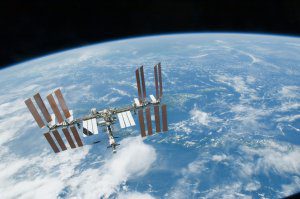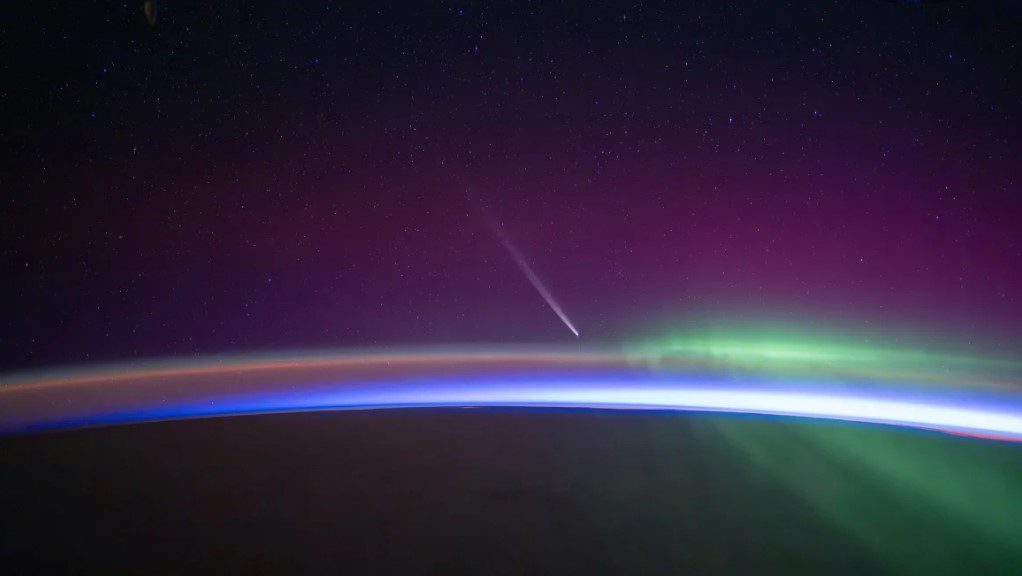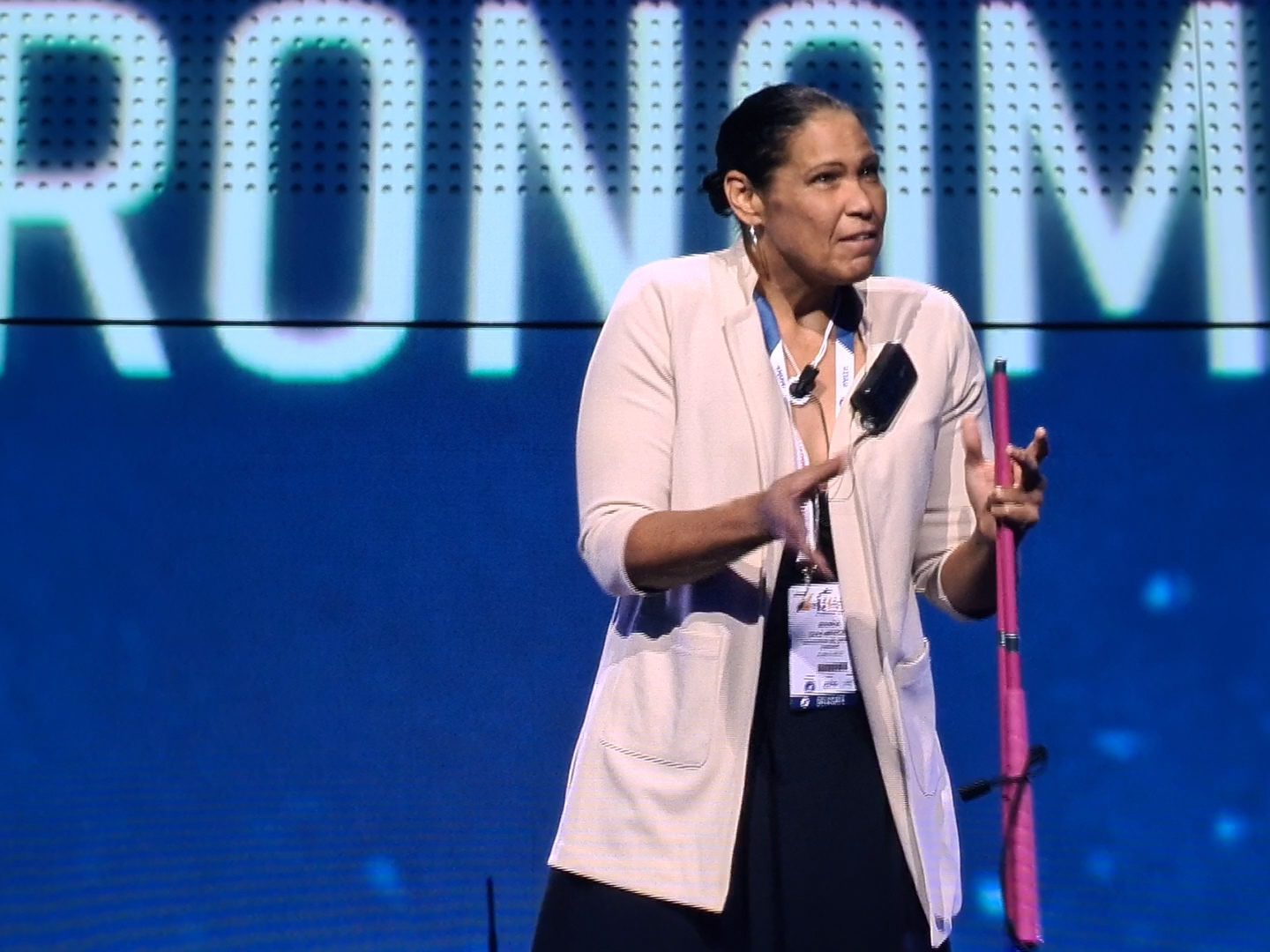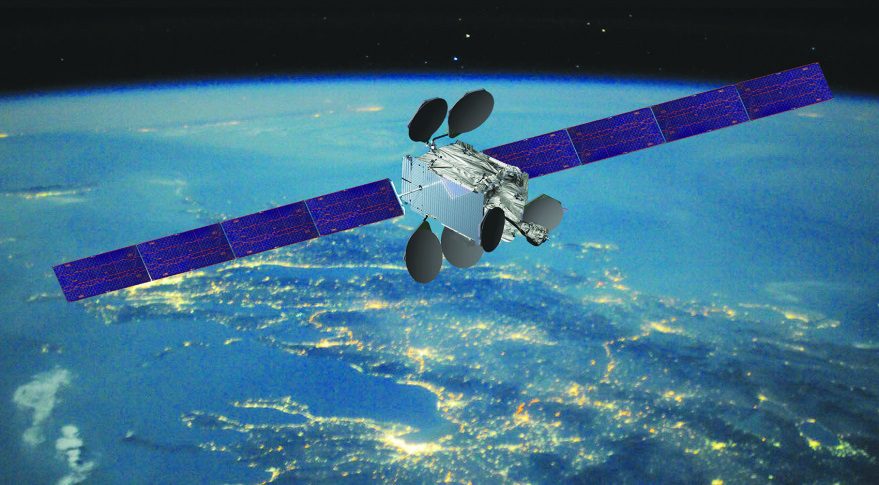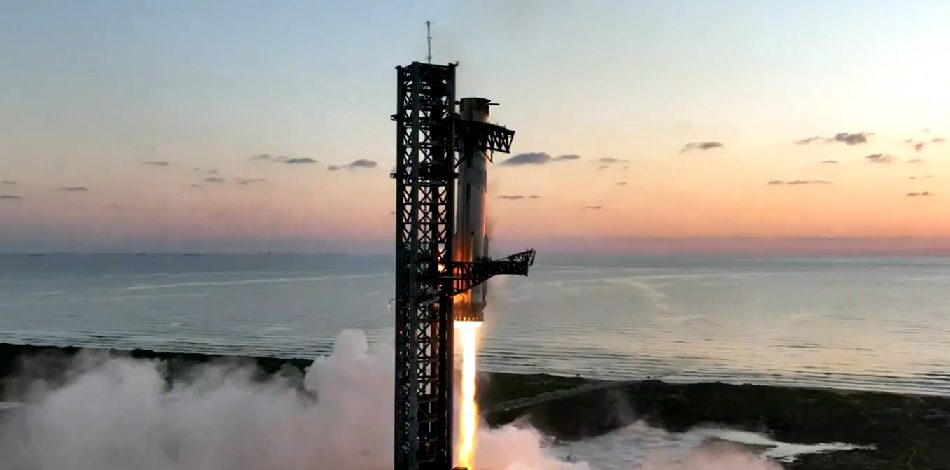Comings and goings on the ISS: Cubesats released then spacewalk gets close to finishing batteries’ replacement
On 13 July 2020 the Kibo RMS (robot arm) removed the Nanoracks NRCSD-18 deployer from the Kibo airlock which then ejected the DeMi cubesat at 1340 GMT and the TechEdSat 10 cubesat at 1655 GMT.
Following on from an earlier spacewalk on 1 July, on 16 July, two astronauts Bob Behnken and Chris Cassidy, got close to finally completing the planned replacement of Nickel Hydrogen batteries with Lithium Ion ones on the ISS. The airlock was depressurised at 1107 GMT with the hatch being opened at 1109 GMT with the six hour plus spacewalk being ended with hatch closure at 1707 GMT and repressurisation at 1710 GMT. The batteries were swapped between the JAXA EP9 external pallet and the S6 truss (3B side of IEA).
The following moves took place.
NiH battery 0086 was removed from S6/3B slot 1 and installed in EP9 slot Z
Li-ion battery 0027 was removed from EP9 slot F and installed in S6/3B slot 1
NiH battery 0088 was removed from S6/3B slot 2 and installed in EP9 slot F
Adapter plate (unknown serial) was removed from EP9 slot F and installed in S6/3B slot 2 NiH battery 0084 was removed from S6/3B slot 3 and installed on the adapter plane in S6/3B slot 2 a
Li-ion battery (thought to be 0028) was removed from EP9 slot E and installed in S6/3B slot 3 NiH battery 0085 was removed from S6/3B slot 4 and installed in EP9 slot E
Adapter plate (unknown serial) was removed from EP9 slot E and installed in S6/3B slot 4
NiH battery 0094 was removed from S6/3B slot 6 and installed on the adapter plate in S6/3B slot 4
Li-ion battery 0029 was removed from EP9 slot C and installed in S6/3B slot 6
NiH battery 0095 was removed from S6/3B slot 5 and installed in EP9 slot C
Adapter plate (unknown serial) was removed from EP9 slot C and installed in S6/3B slot 5
Only one battery now needs to be replaced. A newly installed Li-ion battery (believed to be 0016) failed on 22 March 2019 having been installed three days earlier. The failed battery was removed and replaced by the retired NiH battery 0072 was pulled from storage. This brought back into service battery will shortly be replaced by a new battery.
Earlier on in the month there were a couple of other events to the ISS.
On 3 July the attached Progress MS-14 cargo craft fired its engine to raise itself and the ISS assembly by circa 1 km in order to avoid a potential collision with a debris object caused by the break up of a SOZ engine from a Proton launch made in September 1987.
At 1822 GMT on 8 July, Progress MS-13 undocked from the ISS Pirs module and was deorbited over the South Pacific with an engine firing at 2131 GMT, with reentry at circa 2205 GMT.
Update on 24 July 2020: Russia successfully launched the Progress MS-15 cargo spacecraft on a Soyuz 2-1A launch vehicle at 1426 GMT on 23 July from the Baikonur Cosmodrome in Kazakhstan. The spacecraft is on a resupply mission to the International Space Station (ISS). The approach of the Progress craft appeared to go satisfactorily until the latter stages of the operation when the new automatic Kurs-NA system appeared to temporarily malfunction. Nevertheless, the docking was then successfully achieved at 1745 GMT on 23 July.
Jonathan McDowell provided details of the battery replacements in this story.
About Seradata
Seradata produces the renowned Seradata database. Trusted by over 100 of the world’s leading Space organisations, Seradata is a fully queryable database used for market analysis, failure/risk assessment, spectrum analysis and space situational awareness (SSA).
For more information go to https://www.seradata.com/product/
Related Articles
Stay Informed with Seradata
Stay informed on the latest news, insights, and more from Seradata by signing up for our newsletter.

